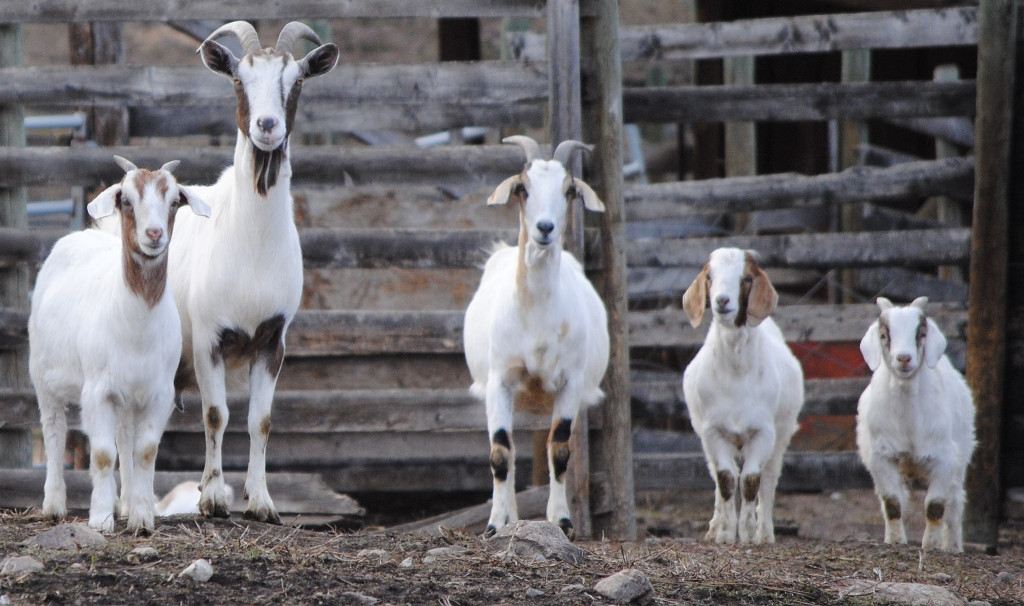
According to the U.S. Department of Agriculture’s last census, there are more than 2.5 million goats living in America. The majority are reared for their milk, meat, and mohair wool. But a small but growing number have been recruited for a new task: combating nuisance and invasive plants.
Enterprising cattle ranchers have long known that goats improve the quality of graze lands. But the boom in ‘goats for hire’ is fairly recent, and tends to focus on brushy landscapes where towns, businesses, and homeowners want to avoid the use of chemicals, machinery, or hand removal.
Goats are known as indiscriminate eaters who consume everything from shirts to tin cans. While it is true that they are adventurous in what they taste, goats prefer to feed on vines, shrubs, forbs, and tree buds and branches.
The good news is that goats will eat invasive and nuisance plants that most animals avoid including poison ivy, kudzu, buckthorn, Oriental bittersweet, spotted knapweed, and other unwanted plants.
Companies like Rent-A-Ruminant and Eco-Goats are now easy to find. Sites that have benefitted from “goatscaping” include Chicago’s O’Hare International Airport, Washington D.C.’s Congressional Cemetery, the campuses of both Google and Yahoo, and the Vanderbilt Mansion National Historic site in Hyde Park, NY.
There are drawbacks. Goats have been known to eat desirable plants, so fencing may be needed. And land need to be surveyed for toxic species, like rhododendron, that can make animals sick. Still, on a steep overgrown site riddled with thorny invaders and poison ivy – goats may be an attractive option.
**********
.
Web Links
No kidding: These goats are for hire
Photo, posted March 28, 2012, courtesy of BagsGroove via Flickr.
.
Earth Wise is a production of WAMC Northeast Public Radio, with script contribution from the Cary Institute of Ecosystem Studies.
